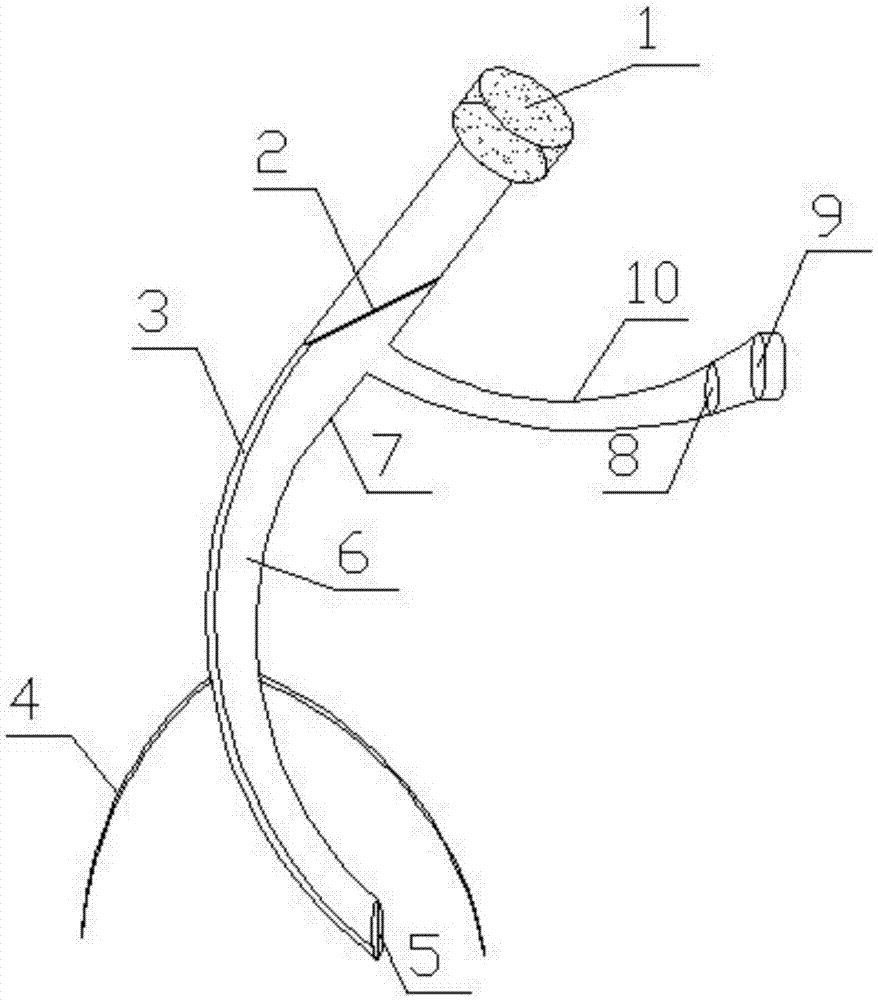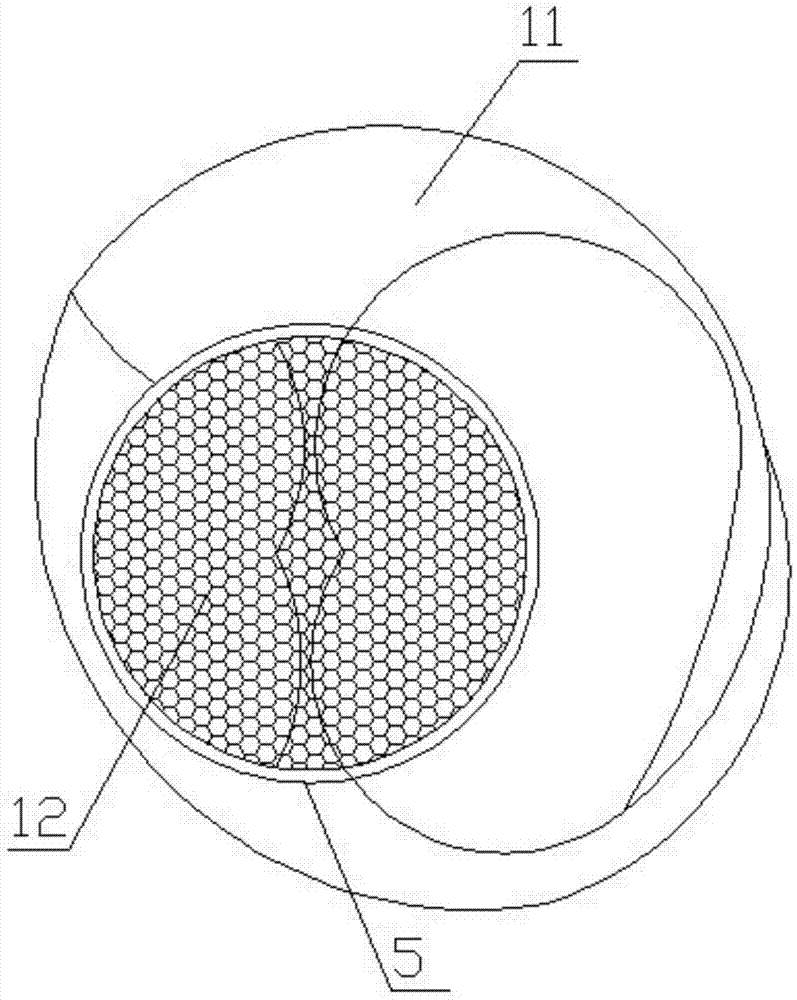Implantable intracranial drug delivery cannula suitable for neurosciences research
A neuroscience, drug delivery tube technology, applied in the direction of catheters, etc., can solve the problems of toxic reaction or degradation and rust, easy displacement of intubation, poor airtightness, etc., to achieve the effect of speeding up treatment and better analysis effect.
- Summary
- Abstract
- Description
- Claims
- Application Information
AI Technical Summary
Problems solved by technology
Method used
Image
Examples
Embodiment Construction
[0014] The technical solution of this patent will be described in further detail below in conjunction with specific embodiments.
[0015] See Figure 1-3 , An implantable intracranial drug delivery cannula suitable for neuroscience research, including a microprocessor 1, a reflector 2, a fixed bracket 4, an inner cavity 6, a first drug delivery tube 7, a sealing sleeve 9, and a second A drug delivery tube 10 and an intracranial body 11, one end of the first drug delivery tube 7 is provided with a drug delivery cannula outlet 5 and a drug delivery hole 12 provided on the drug delivery cannula outlet 5, the first drug delivery tube 7 is provided with an inner cavity 6, and a light guide fiber 3 is provided between the inner cavity 6 and the inner side of the first drug delivery tube 7, and a reflector 2 is provided at one end of the light guide fiber 3. The other end of the medicine tube 7 is provided with a microprocessor 1, and one side of the first medicine tube 7 is provided w...
PUM
 Login to View More
Login to View More Abstract
Description
Claims
Application Information
 Login to View More
Login to View More - R&D
- Intellectual Property
- Life Sciences
- Materials
- Tech Scout
- Unparalleled Data Quality
- Higher Quality Content
- 60% Fewer Hallucinations
Browse by: Latest US Patents, China's latest patents, Technical Efficacy Thesaurus, Application Domain, Technology Topic, Popular Technical Reports.
© 2025 PatSnap. All rights reserved.Legal|Privacy policy|Modern Slavery Act Transparency Statement|Sitemap|About US| Contact US: help@patsnap.com



